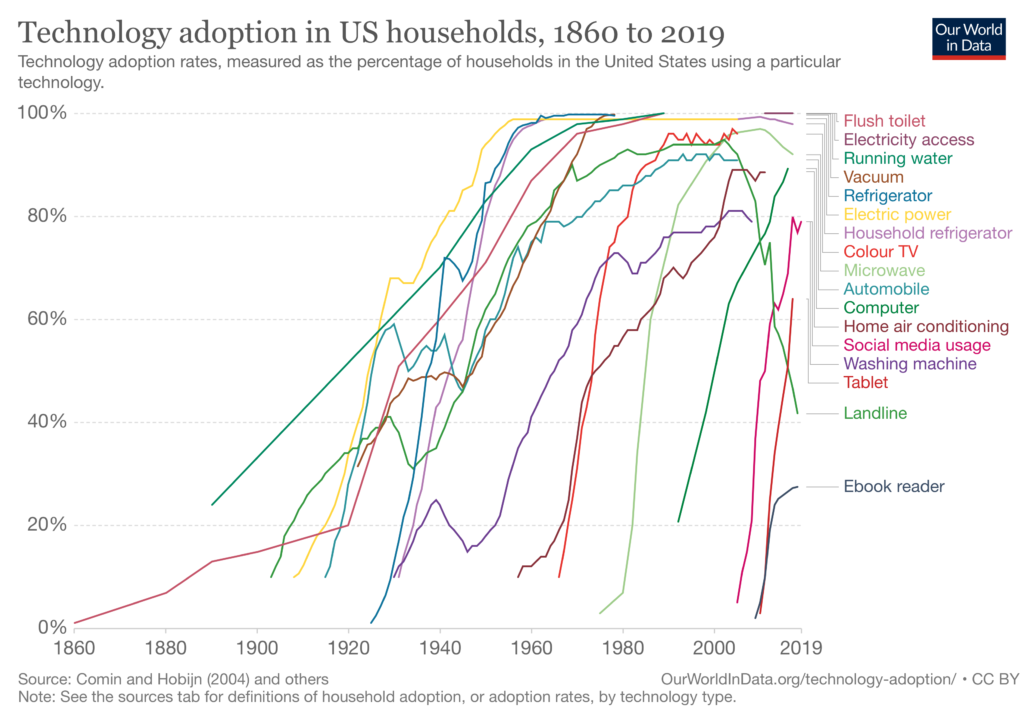Shape of the Curves: What Next in the Higher Ed Courseware Market?
Author: Curtiss Barnes
Go to Source
This is a post by Curtiss Barnes, Senior Advisor at e-Literate and the Empirical Educator Project.
Now that I’ve joined up with Michael, it’s time to share some of my thoughts on the industry, the various players in the ecosystem and opinions about the current state of play and how things might evolve. My posts will be relatively short, rarely steeped in deep scientific research, and intended to spark dialogue and debate rather than being “right”. I’ll also provide some updates on #backyardchickens and other tidbits related to the work we are doing at e-Literate and the Empirical Educator Project.
For some reason I’ve been thinking (and dreaming) frequently about longitudinal curves and their shapes for the last 150 days or so. I can’t quite figure out why…
Seriously, in addition to flattening curves, many are writing and discussing accelerating curves across different sectors. And that’s what I’ve been turning over a bit; how the impact of COVID-19 is accelerating the technology adoption curve in teaching and learning and in turn fundamentally changing the digital courseware landscape.
Today I will focus on the issues of technology adoption (a market’s willingness to embrace or adopt new technologies) and, product-market fit (the degree to which a given product and it’s features/capabilities meet strong market demand) and implications on the sector. This will be a multi-part blog, in part because it is a richly textured topic, but also because I intend for my blogs here to run about half the length of Michael’s usual tomes 🙂
A number of articles struck me in recent weeks, I’ll use just these two examples:
- McGraw Hill ALEKS® Wins Two CODiE Awards for Successful and Effective Education Technology
- How ‘Learning Engineering’ Hopes to Speed Up Education (Jeffrey R. Young, EdSurge)
At first glance, these might be only loosely related. One is an announcement about an award for a digital courseware and assessment system, and the other is a brief history of the now-again-buzzy term “learning engineering”. My point? Both highlight the effective use of online/hybrid teaching and learning technologies that were initially developed in the 1990s and have not otherwise been fundamentally rearchitected in the ensuing twenty plus years.
Twenty plus years ago.
And concurrently I am hearing from colleagues across the industry about numerous cases where teaching faculty are frantically uploading their powerpoints into an LMS to facilitate whatever version of online/hybrid/flex learning will be their reality next term. And as they do so, they realize how under prepared they are to *really* teach online and how to select and leverage various technology offerings to replicate the quality and consistency of outcomes as in their in-class courses.
Typically adoption curves project a market’s desire for a product. The graph below is a standard view of various technologies adopted over time by US households. Clearly some achieve nearly 100% market adoption (like flush toilets), while others achieve high adoption only to lose share in the long run (like landline phones). Geoffrey Moore’s Crossing the Chasm suggests that a company tailor its products specifically to a key market segment known as the “early majority” to move from “early adopters”, achieve success and grow more market share. Those that don’t cross this chasm either fail outright, or limp along in a low- or no-growth regime, sometimes for, well, decades (like Ebook readers!). This is something I have seen countless times in edtech, and that was certainly true of ALEKS before it was acquired by McGraw-Hill Education (MHE).

So what changed? For ALEKS, being more integrated with MHE content, marketed and sold by the considerable resources of a major textbook publisher helped generate new demand. But like most big publisher products, faculty tend to use ALEKS as a supplement to a course. Typically these products comprise 30% or less of the course activities and grade-able components. It’s difficult to say whether the product has “crossed the chasm” at this stage.
On the other hand, Acuitus—the tutoring technology platform cited in the EdSurge article—has been refining an approach over the last several decades to model how human tutors help with valuable interventions at key points of the learners’ progress. Their goal now is to pivot to more mainstream education needs, including an income-share arrangement for upskilling workers. A task that will require many millions of dollars to achieve. They are most definitely still trying to cross the chasm.
Some would argue that product-market fit—the degree to which a given product satisfies strong market demand—improved in both of these cases, but why is it taking so long for the industry at large to adopt these kinds of technologies? Despite the growing influence of “online learning” in the industry, why are so many faculty still wrestling with getting the basics of their curricula ready for the demands of the incredibly altered 2021 academic year education landscape? Why does it seem like EdTech players writ large continue to struggle to find the right product-market fit to gain significant market share advantage?
First and foremost, technology alone is not going to provide the answers. The latest adaptive learning platform is useless without good content. And an online course will fall short if it does not offer truly great user / learner / teacher experiences from implementation through completion. Using technology to track learner profiles is great, but if a significant percentage of the learners are using their own technology to search homework sites for answers to textbook questions, then a learner profile will not describe outcomes accurately. More generally, faculty who do not have formal training or the support of institutional culture, policy, infrastructure and best practices to implement their courses will likely struggle.
I would never claim to have all the answers, but I do believe that these extreme exogenous factors that flow from the pandemic are fundamentally recasting many of the vectors that drive an adoption curve. Chief among them, the stark threats to institutional viability and business continuity will force the shape of what has been an otherwise long and drawn out technology adoption curve to accelerate. Other vectors like advancing technology, business model innovation by institutions and commercial providers, the regulatory landscape, and changing consumer tastes will continue to add accelerants as well.
It is increasingly clear this crisis mode we are in will permanently change attitudes. But it certainly should/will not be simply “how do I stuff my powerpoints into the LMS?” rather a more deliberate consideration of how technology-enabled teaching and learning must be implemented to ensure our academic institutions stay relevant to the needs of learners while also retaining the most important features of academic freedom, academic integrity and enduring brand value.
Next up: The Billion Dollar EdTech Platform Hole

The post Shape of the Curves: What Next in the Higher Ed Courseware Market? appeared first on e-Literate.
